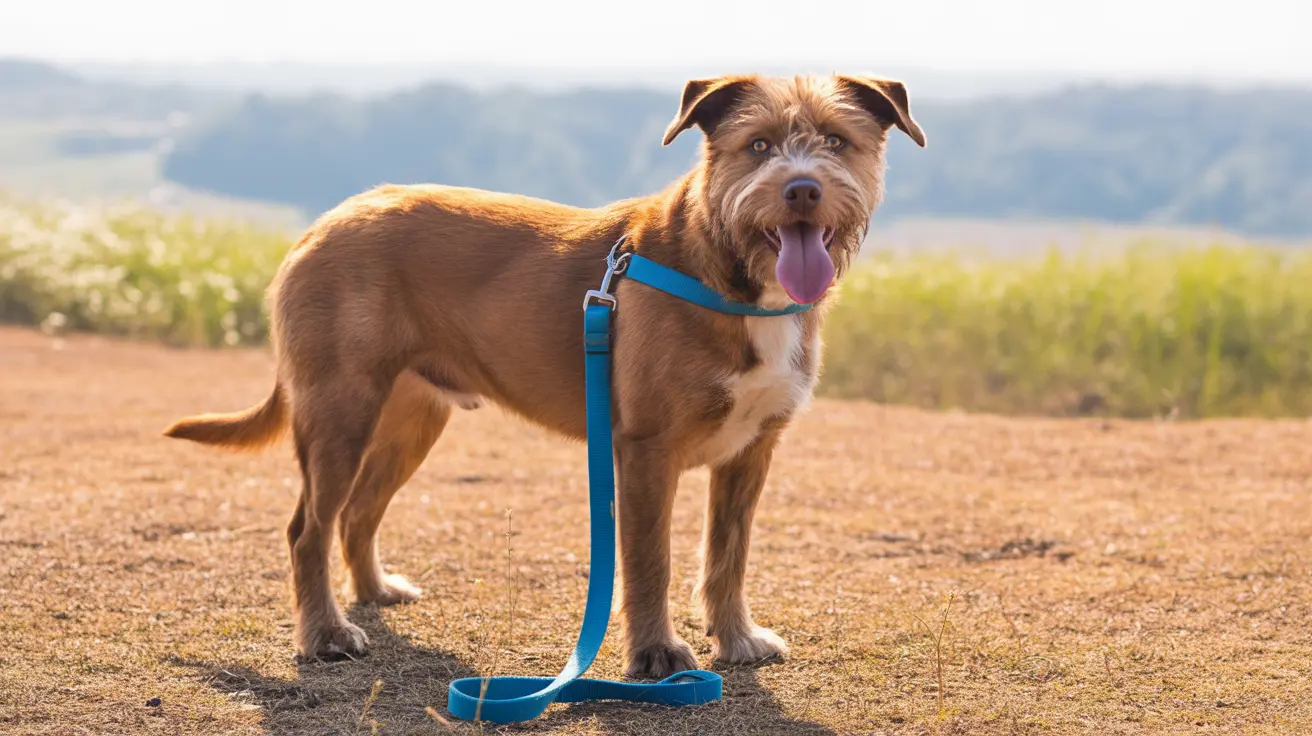How Dogs Adapt to Deafness: Senses, Training, and Daily Life
Deafness in dogs—whether present from birth or acquired later—doesn’t mean the end of a happy, active life. Many dogs lose some or all of their hearing due to genetics, aging, injury, or illness. But dogs are remarkably resilient creatures. When they lose their hearing, they don’t simply give up; instead, they shift gears and learn to navigate the world in new ways.
Understanding Canine Deafness
First off, it helps to know that deafness can be partial or complete and may affect one or both ears. Some breeds (like Dalmatians, Australian Shepherds, Great Danes) are more prone to hereditary deafness—especially those with white or merle coats and blue eyes. Acquired hearing loss can stem from chronic ear infections, trauma, exposure to certain medications (ototoxic drugs), loud noises, or simply old age.
Signs of hearing loss include:
- Not responding to verbal commands or sounds
- Barking excessively
- Acting startled when approached
- Trouble determining where sounds come from
Puppies born deaf may seem slow to learn or not respond to their names. Dogs with hearing in only one ear often turn toward their “good” side.
Sensing the World Differently
When a dog loses its hearing, it naturally starts relying more on its other senses—especially sight and touch. Vibrations become important too: many deaf dogs notice footsteps approaching or feel you tapping on the floor. Their sense of smell remains as keen as ever (sometimes even sharper as they pay more attention).
Training Adaptations for Deaf Dogs
You might think training a deaf dog is impossible—but it’s absolutely doable with patience and creativity. Here’s how owners help their dogs adjust:
- Hand Signals: Visual cues replace verbal commands. Many trainers use standard hand signals for “sit,” “stay,” “come,” etc., but you can invent your own as long as you’re consistent.
- Tactile Cues: Gentle touches—like a tap on the shoulder—or stomping on the ground (to create vibrations) can get your dog’s attention without startling them.
- Vibration Collars: Not shock collars! These collars gently vibrate when activated by a remote control and can signal your dog to look at you.
If you start using hand signals early—even before hearing loss sets in—the transition is much smoother if your dog eventually goes deaf with age.
Daily Life: Safety and Enrichment
A few practical changes make life safer for a deaf dog:
- Keep them on a leash or inside fenced yards—they won’t hear cars or warnings.
- Add an ID tag noting their deafness (and microchip them).
Avoid sneaking up behind your dog while sleeping; approach within their line of sight or let them sniff your hand first. Tapping surfaces nearby helps alert them through vibrations before touching them directly.
Mental Stimulation Without Sound
You don’t need sound-based toys for fun! Try:
- Puzzle feeders that challenge their nose and mind
- Toys that move visually (like rolling balls)
Your dog will appreciate games that use scent trails or involve searching for treats by sight rather than sound.
The Emotional Side: Bonding With Your Deaf Dog
A common myth says deaf dogs are more aggressive—not true. In fact, research suggests they may form stronger attachments with caregivers because they rely so much on visual cues and routine. They might bark more (since they can’t hear themselves), but with patience and positive reinforcement training, most behavioral issues resolve quickly.
Caring for Senior Dogs With Hearing Loss
If your dog develops age-related hearing loss:
- Stick to familiar routines—they find comfort in predictability.
- Add ramps or non-slip mats if needed for mobility.
You might need new ways to communicate—hand signals work well even for older pets learning something new.
The Limits of Treatment—and Why Adaptation Matters Most
Treatable causes like wax build-up or infections should always be checked by a vet first; sometimes hearing returns if caught early. But most cases of hereditary or severe acquired deafness are permanent—hearing aids and implants exist but aren’t widely used in dogs due to cost and tolerance issues.
The Role of Breeders and Prevention
- Breeders test breeding stock using BAER tests (Brainstem Auditory Evoked Response) when possible.
- Avoid breeding two merle-coated dogs together; “double merle” puppies have high risk for deafness plus other health problems.
Summary: Thriving Without Hearing
Dogs adapt beautifully when given support—they watch closely for visual cues, learn new ways of communicating with their people, and continue enjoying life’s adventures. With simple adjustments at home and during walks—and lots of love—a deaf dog can be just as happy as any other pet.





